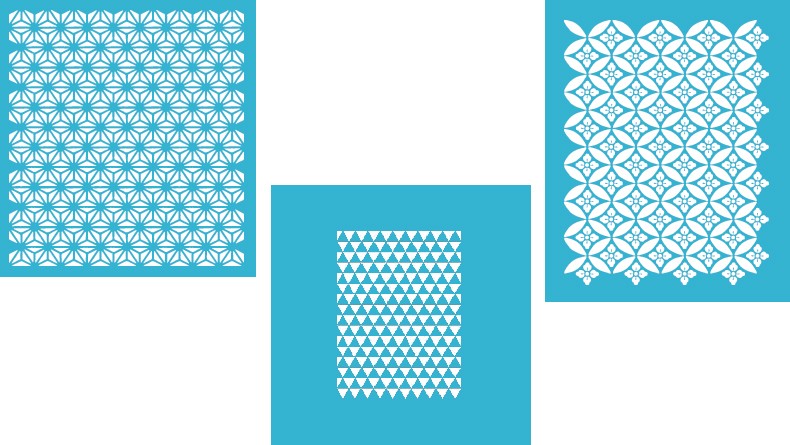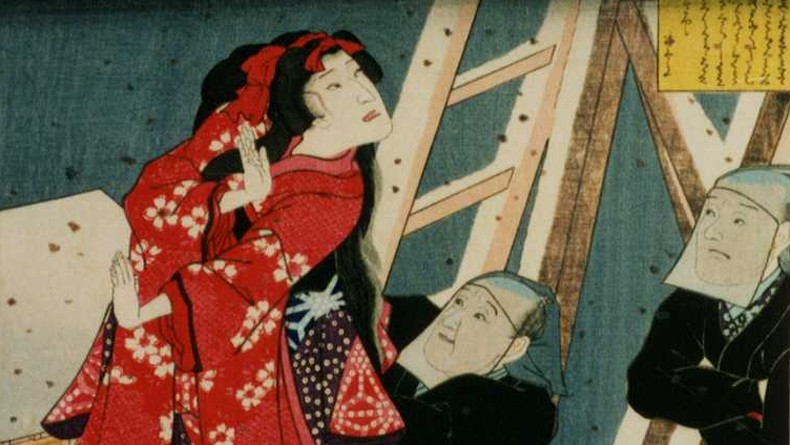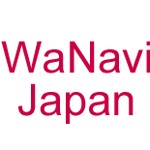Learn About and Make Your Own Japanese “Wagara” Patterns
The next time you see a traditional kimono, a Japanese hand towel or a purse, take a close look at the patterns. Notice anything familiar? More often than not, you will. Wagara are a set of traditional Japanese patterns used throughout history to modern day, inspired by nature and Chinese calligraphy and each with different meanings. Below are just a few examples.

Examples of Traditional Japanese patterns
Shippō (七宝, Seven Jewels)
A geometric pattern of interlocking circles (think Venn diagrams from your school days) arranged such that their lines make additional circles. The inner portion of the pattern takes a shining, diamond shape, hence the name.
Seigaiha (青海波, Waves)
Another geometric pattern made from concentric circles. Circles are superimposed on one another so only half of any given “wave” is visible. Ancient maps of China use this pattern to depict waves.
Asanoha (麻の葉, Hemp Leaf)
A geometric pattern of six diamond shapes arranged around a common center, its inspiration was not from a hemp leaf, but its strong resemblance earned the pattern its name.
Uroko (鱗, Scales)
An interlocking pattern of dark and light triangles.
Sho-Chiku-Bai (松竹梅, Pine, Bamboo, and Plum)
These plants are especially hardy and resilient, and are often used together as a pattern to represent good fortune.

Historically, wagara were only used on kimono and yukata—so when kimono and yukata fell out of use as daily wear and became traditional and old-fashioned, so too did wagara. But more recently these patterns have been seeing a resurgence across all generations.
Part of it may be the variety of goods you can now find printed with wagara. In addition to yukata and kimono, there are handbags, smartphone cases, and dishware printed with wagara patterns. Workshops have also begun to pop up to teach people how to make their own wagara-decorated goods. WaNavi Japan, in conjunction with The International Center of Tokyo (ICT), is holding just such a workshop to introduce more about the history and concepts of wagara and to allow participants to paint their own wagara-style teacups. Please join us for this mini lesson on history and design and craft your own souvenir of Japan.
The Deets
When: Fri, Feb. 20, 9:30–11:30 a.m.
Where: Tokyo Women’s Plaza, 5-53-67 Jingumae, Shibuya, Tokyo
How much: ¥5,500 per person
More info: For additional details and to register for this workshop, please click here.









Leave a Reply